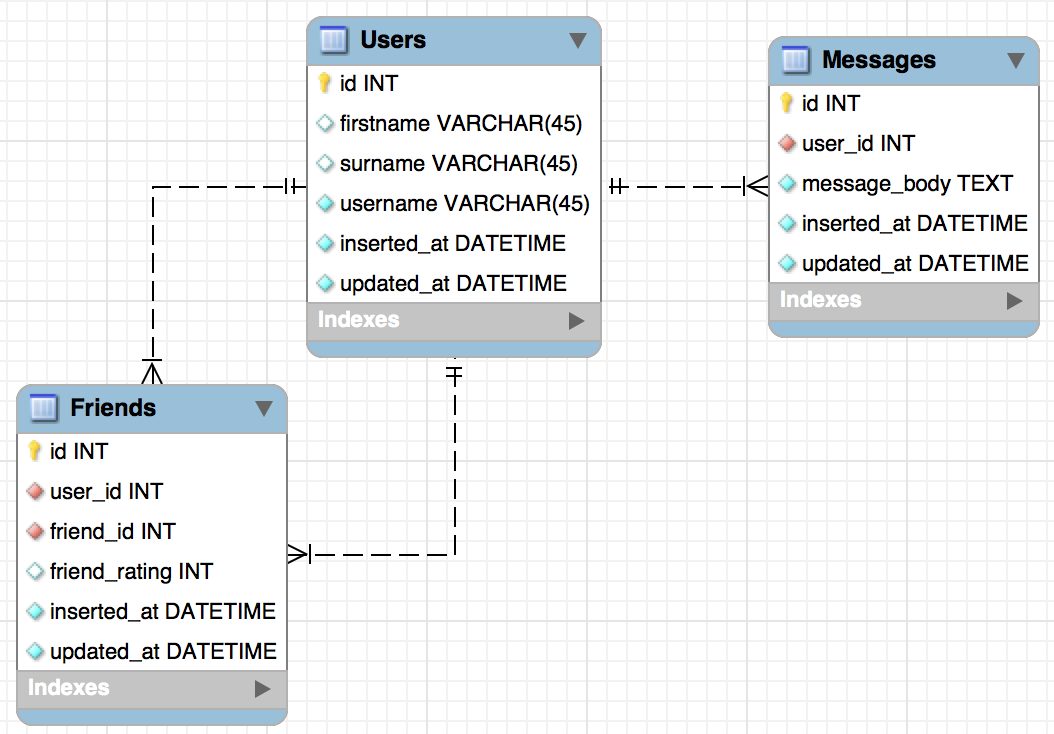

Did all this work? Let’s see if we can query our existing Again, you can read about these in detail in the Ecto.Schema Ecto 3.8.4 comes with the new literal(.) support in fragment. But Ecto does not support strings in select You also cannot just select all columns with a custom table name. Unfortunately this is not an option because of the atom limit. Of this post, but know that Ecto defined it’s own special types for dealing with Dates and Times This would be easy, if we just cast all the strings to atoms.

V1.3 has been released, we have new Calendar data types. You’ll also notice that there are a couple of unusual field types: Ecto.Date and Ecto.Time.ĭates and times have been somewhat tricky things to deal with in Elixir but now that Elixir This means that dynamic table names are not possible. Note that the name must be a compile-time string literal, as noted in the docs. We will also need to provide the CTE with a name. Creating the query requires the use of fragments, as well as specifying the data type for each interpolated column. We coded the table names based on module, e.g. More about the attribute, you can in the Ecto.Schema Creating the Common Table Expression Ecto Query. Deciding whether a verb is plural or singular mostly happens when youre writing in. So this is pretty straightforward (now that you know about it). mariaex is the Ecto recommended MySQL driver. In Phoenix, the convention is to write everything in the singular form. In our mix.exs file, instead of indicating :postgrex as a dependency, we’ll This is a small one, but its easy to mess up if you are coming from Ruby on Rails. HOWEVER, we need to make a couple changes from that tutorial since we will be using Going in From Zero To Ecto In 10 Minutes.
#Elixir ecto table names plural or singular how to#
I wrote a detailed post about how to quickly get Theįirst thing we’ll need to do, of course, is create a new application withĮcto and a supervisor. Now that we have that out of the way, we can finally get to some Elixir. To in our application – and notice our primary key is named raceId. We can see here an output of the fields and types we are going to have to connect | url | varchar(255) | YES | UNI | NULL | | | raceId | int(11) | NO | PRI | NULL | auto_increment | | Field | Type | Null | Key | Default | Extra | Let’s take a quick peek at what the races table looks like: If not, thereĪre plenty of tutorials out there to get you started. That you have a local MySQL server running and can import the SQL dump. Import that into your local MySQL database. If you’d like toįollow along, I’m going to be working with the Ergast Motor Racing Developer APIĪfter getting the dump, create a database (I’m calling mine f1) and The entire history of the sport and we are going to use that. There is a fantastic database online that contains Set up your projectįor this sample project, I’m going to continue with data from one of myįavorite sports: Formula 1 racing. To get my basic application up and running. Whileusing Ecto with a new database is a great way to start a new project, there areplenty of existing projects that could stand to have a little Elixir lovethrown their way. Let’s also deal with an unusual primary key column name.īut really, all that isn’t hard at all with Elixir and Ecto. There was some great feedback from people regarding my post on gettingEcto in your non-Phoenix application (From Zero to Ecto in 10 Minutes).One of the questions I got was about using Ecto with existing databases. Set up the application to access a MySQL database. There are plenty of existing projects that use MySQL.

Furthermore, while most tutorials show you how to use Ecto with Postgres, So let’s explore creating a new Elixir application that interacts with an existingĭatabase. Plenty of existing projects that could stand to have a little Elixir love

Using Ecto with a new database is a great way to start a new project, there are One of the questions I got was about using Ecto with existing databases. There was some great feedback from people regarding my post on gettingĮcto in your non-Phoenix application ( From Zero to Ecto in 10 Minutes). mix new friends -supĪdd the ecto and postgrex package dependencies to your mix.exs file.Using Ecto With an Existing MySQL Database To start we’ll create an application with a supervision tree. Schemas - specialized structs that represent database table entries Migrations - a mechanism to create, modify, and destroy database tables and indexes The Repository - provides the interface to our database, including the connection Through the course of this lesson we’ll cover three parts to Ecto: A few examples of adapters are:įor this lesson we’ll configure Ecto to use the PostgreSQL adapter. Ecto supports different databases through the use of adapters.


 0 kommentar(er)
0 kommentar(er)
